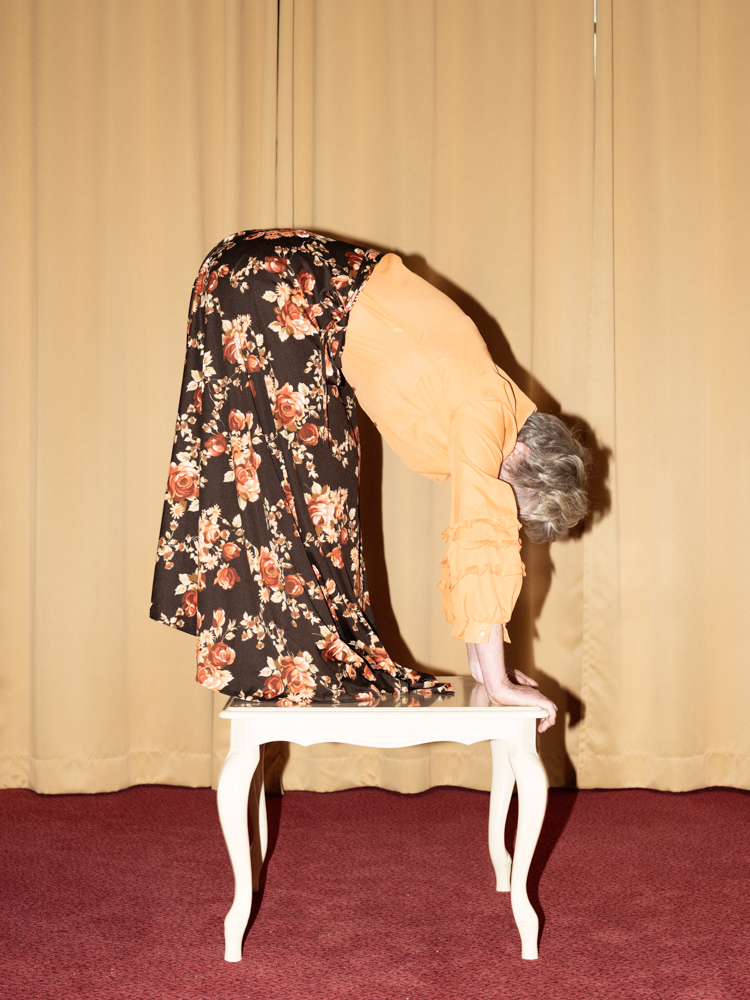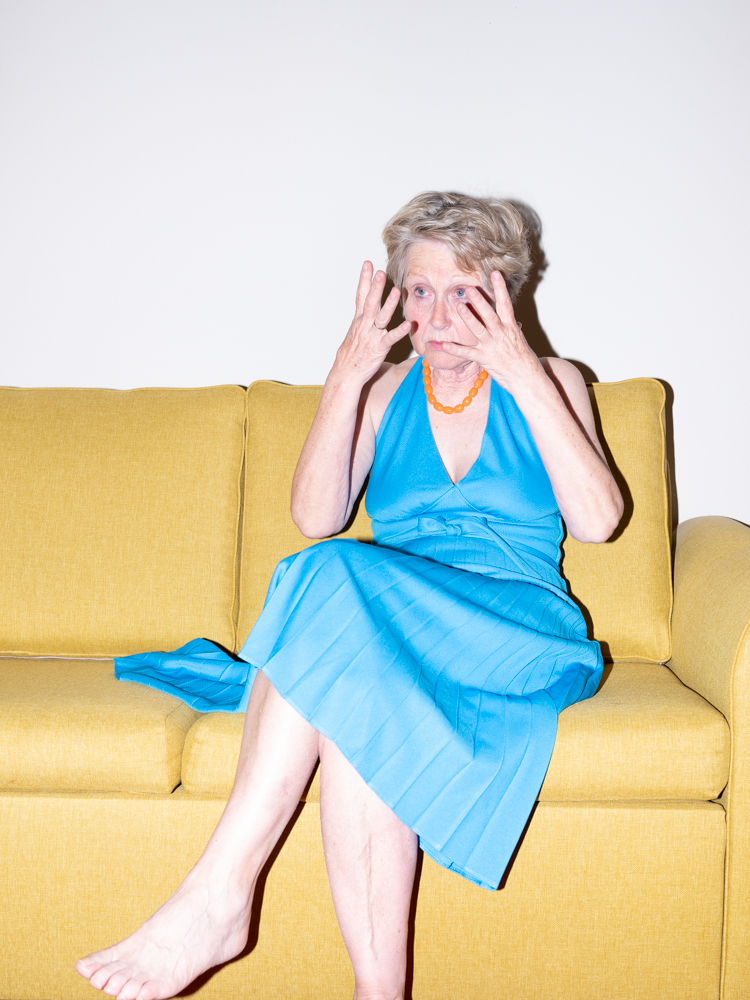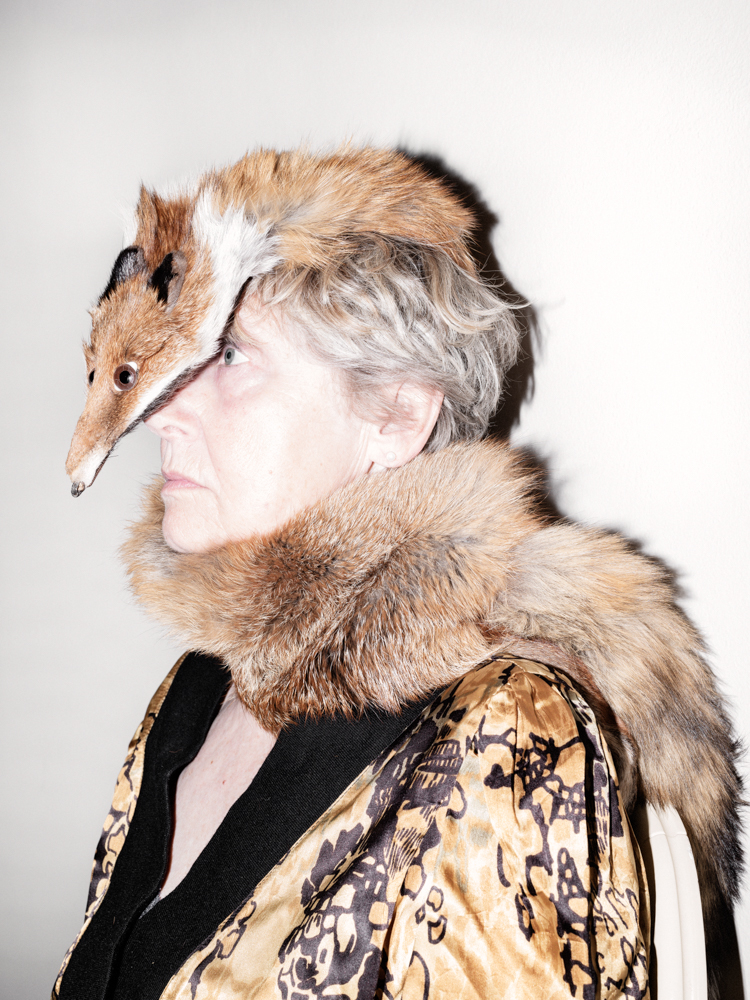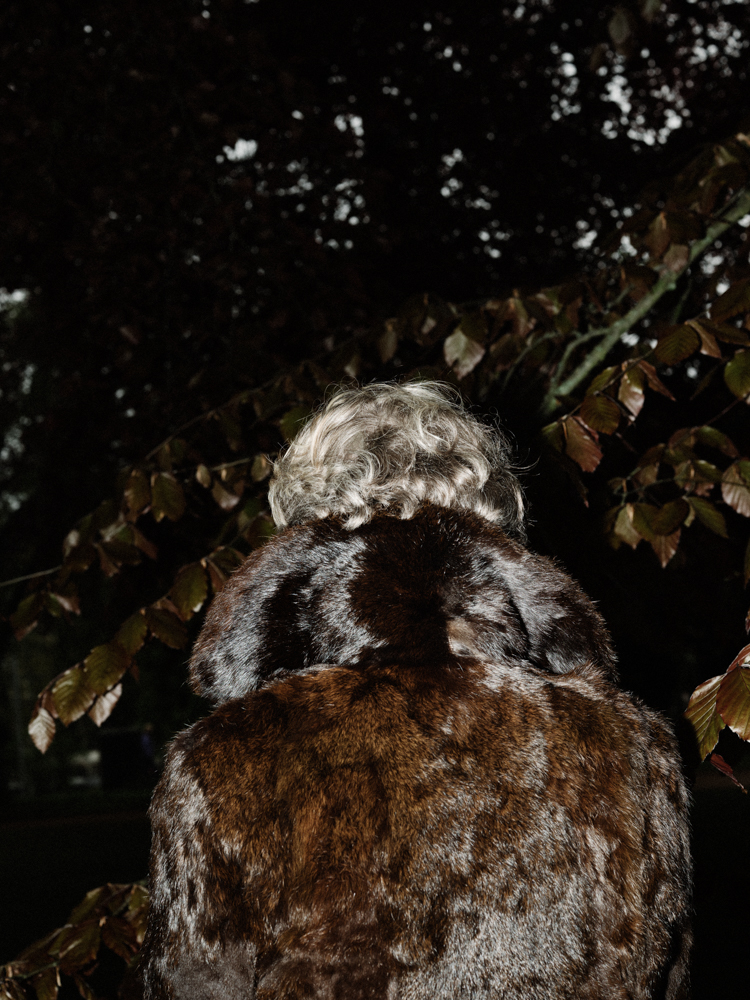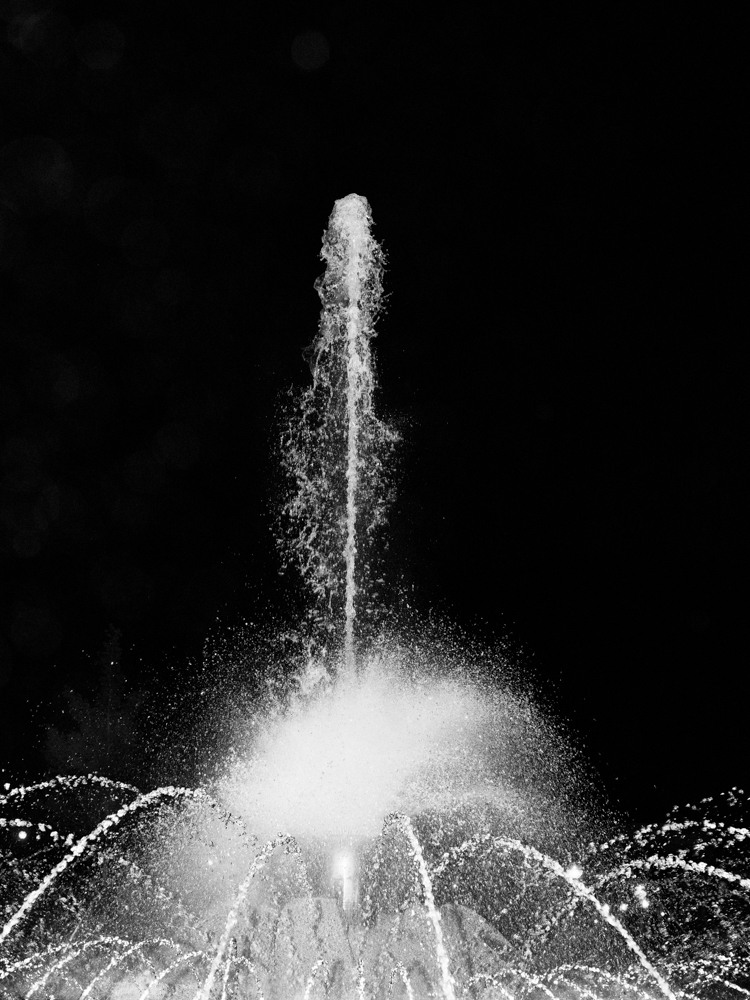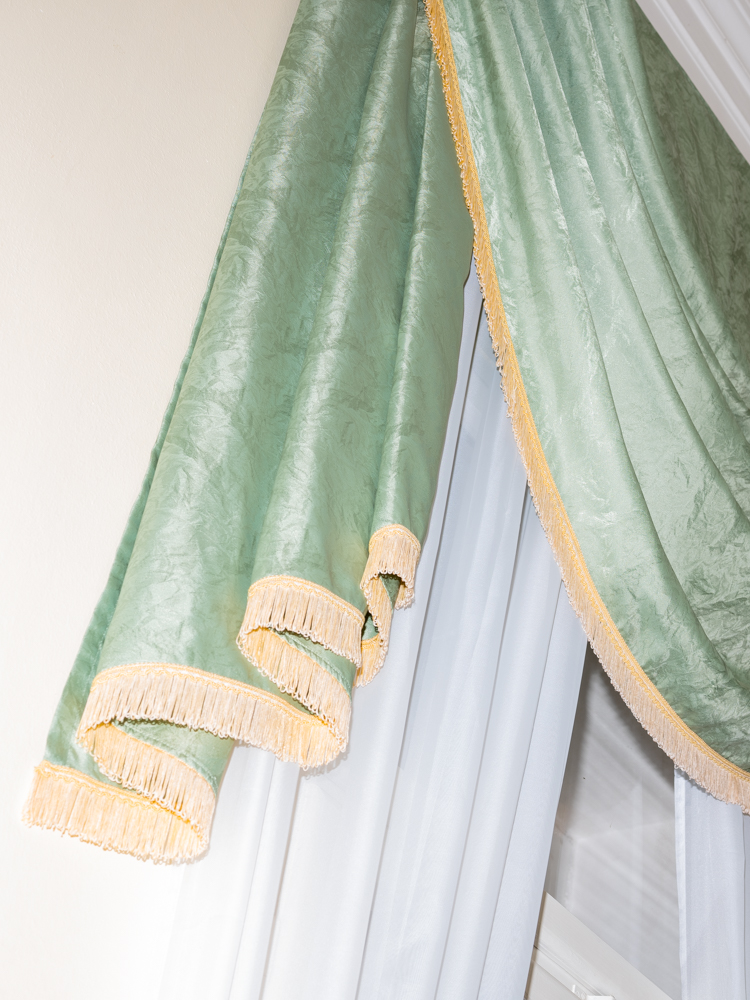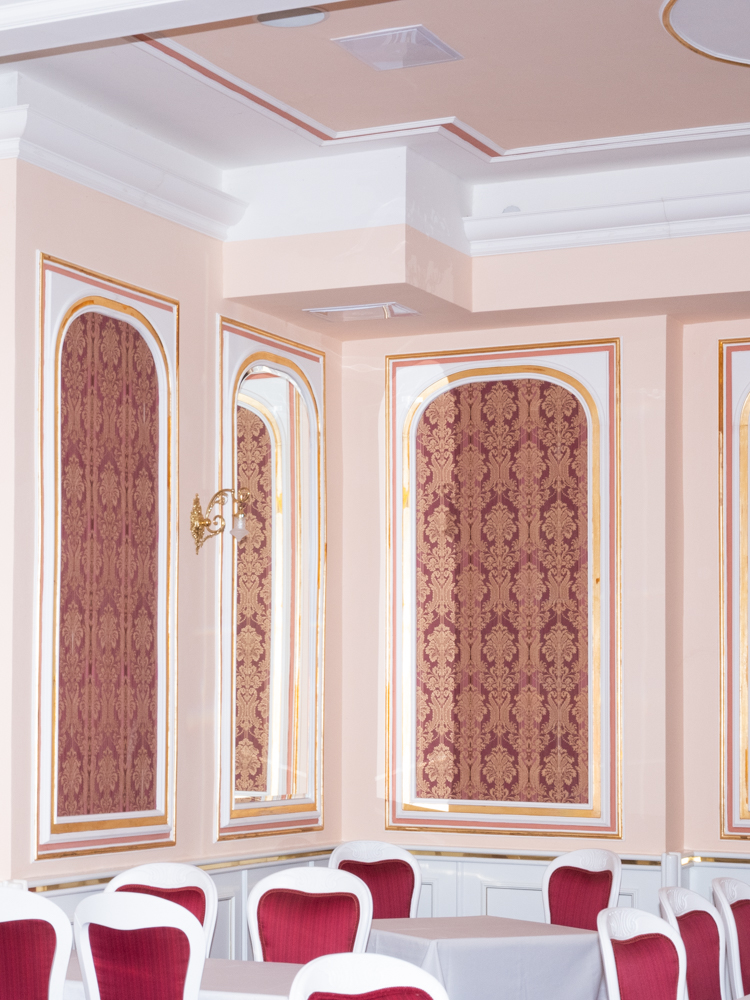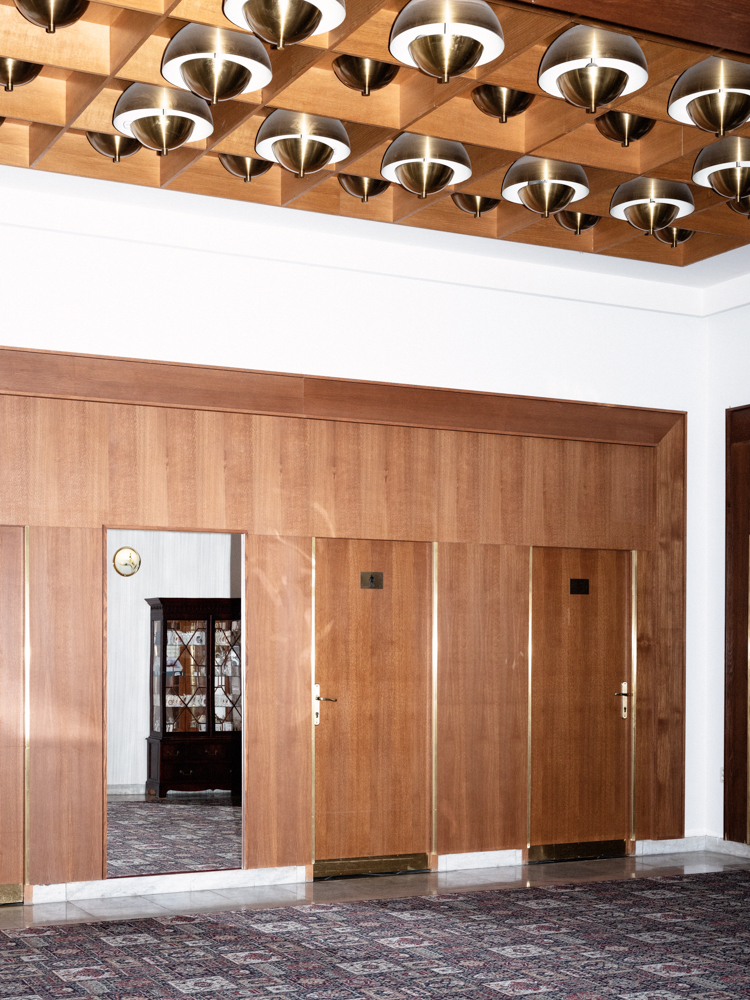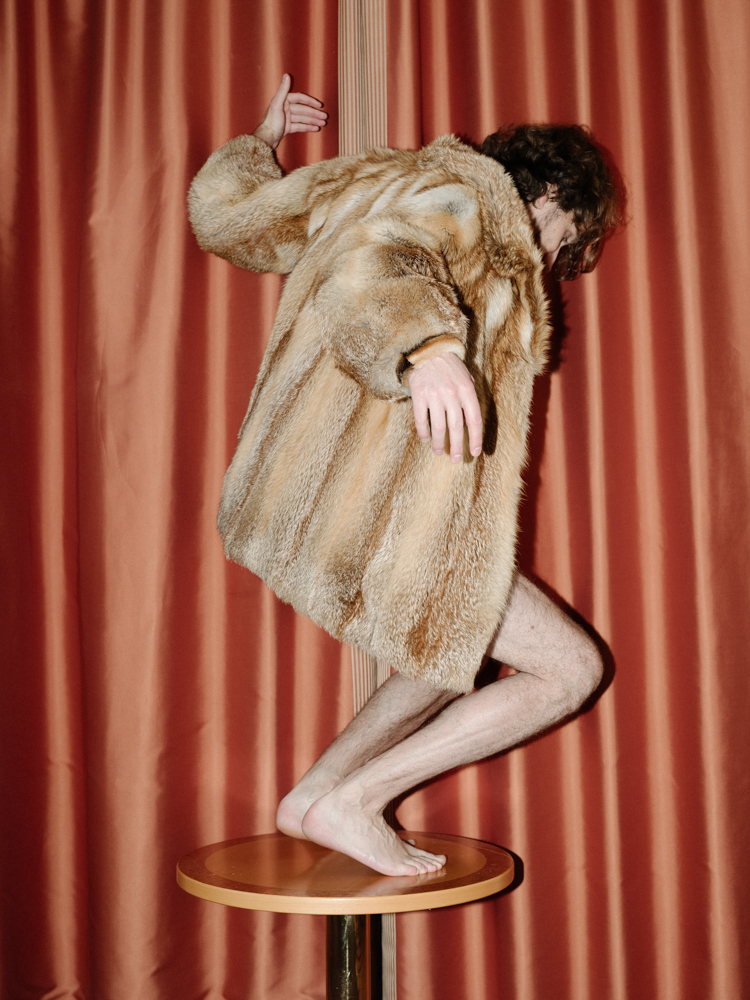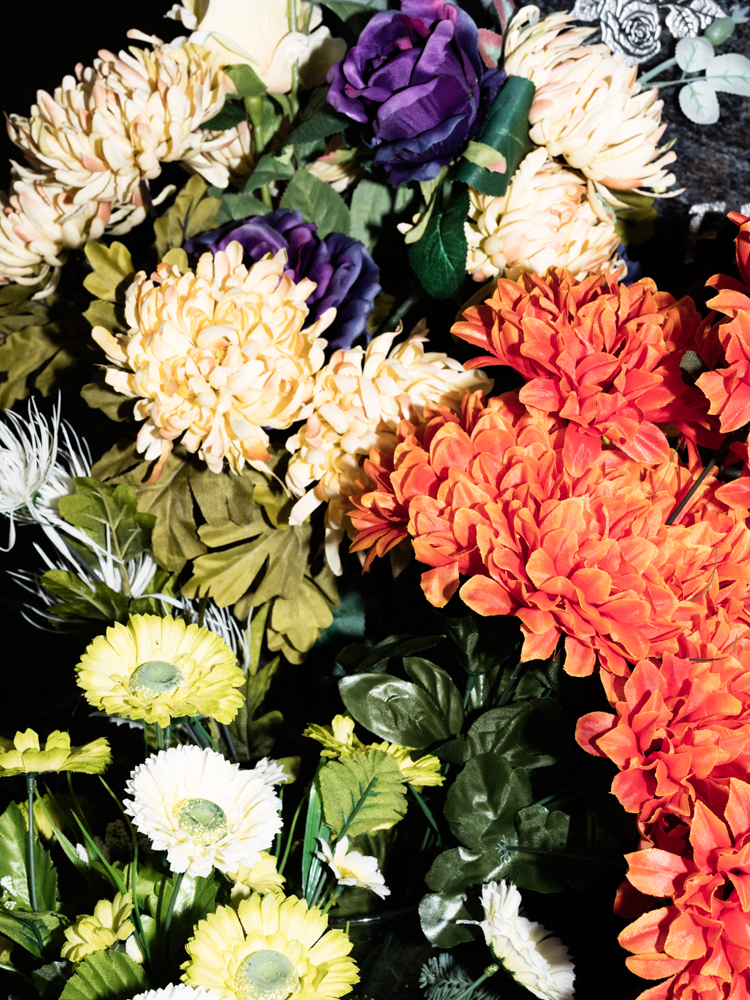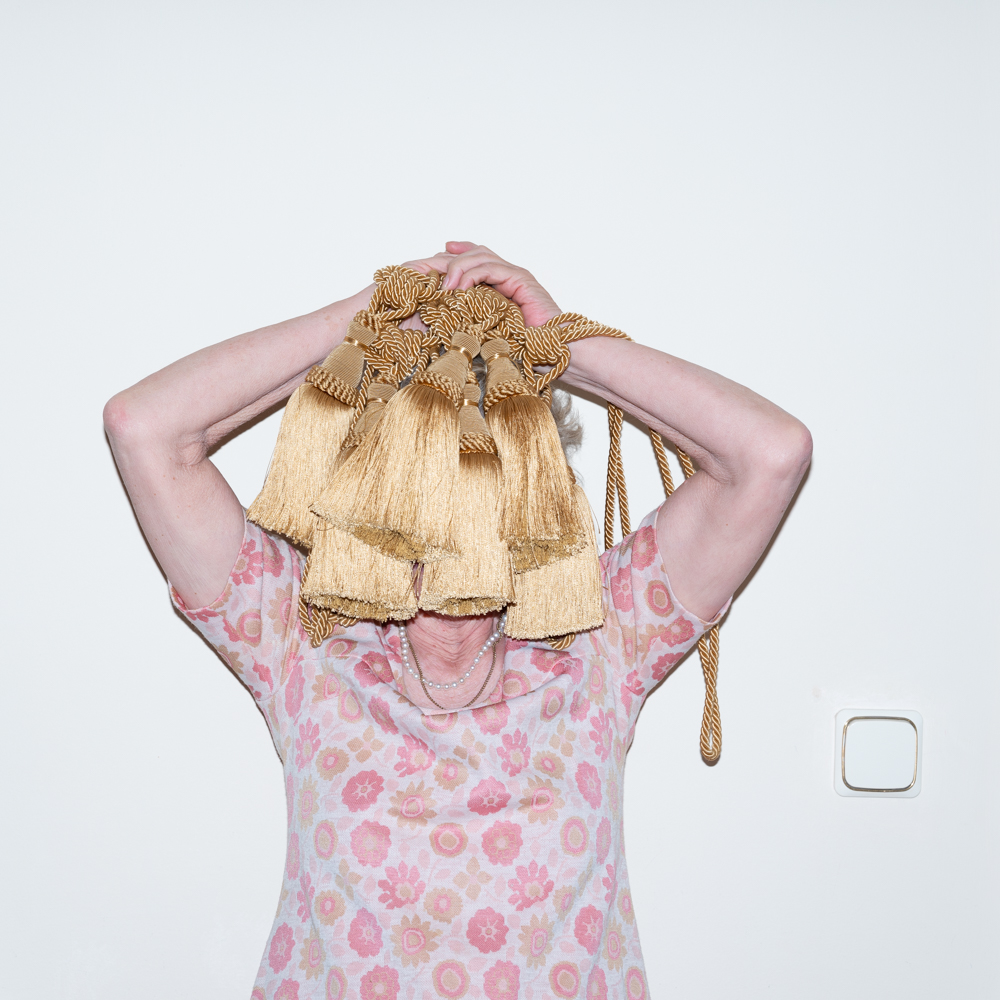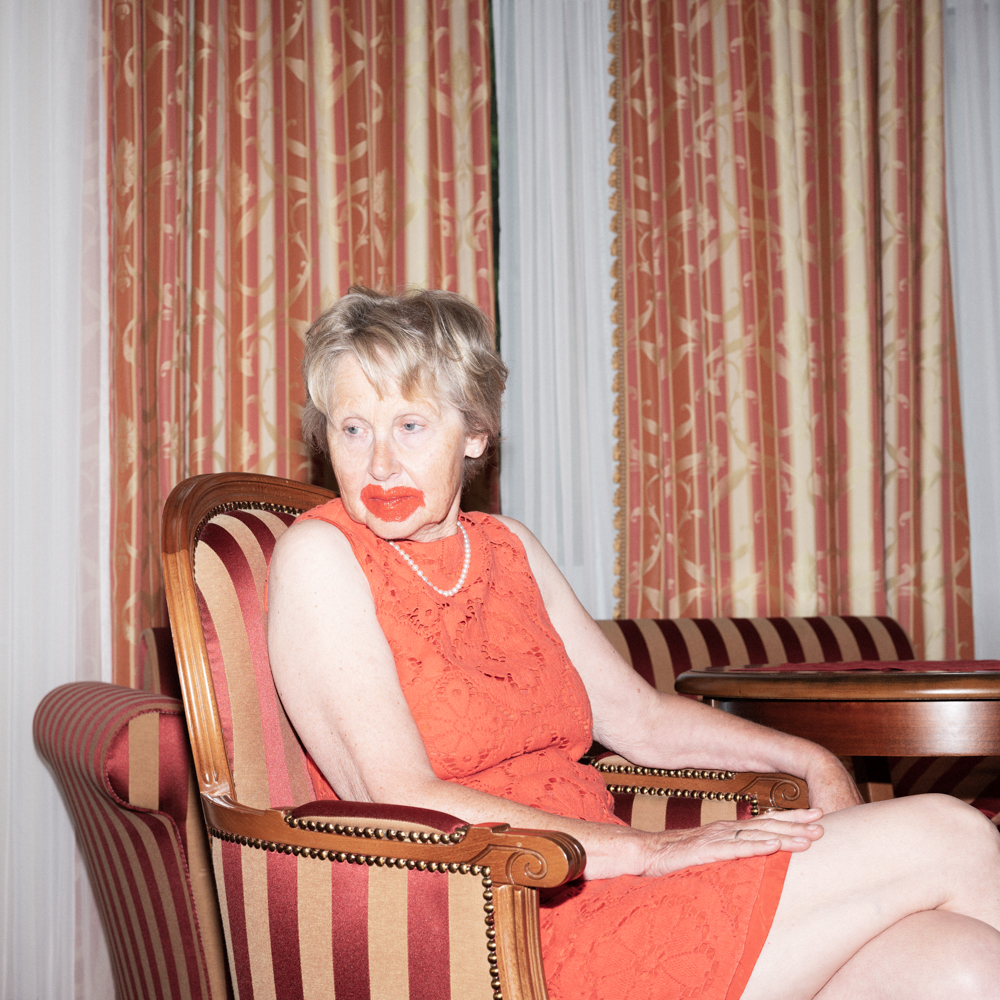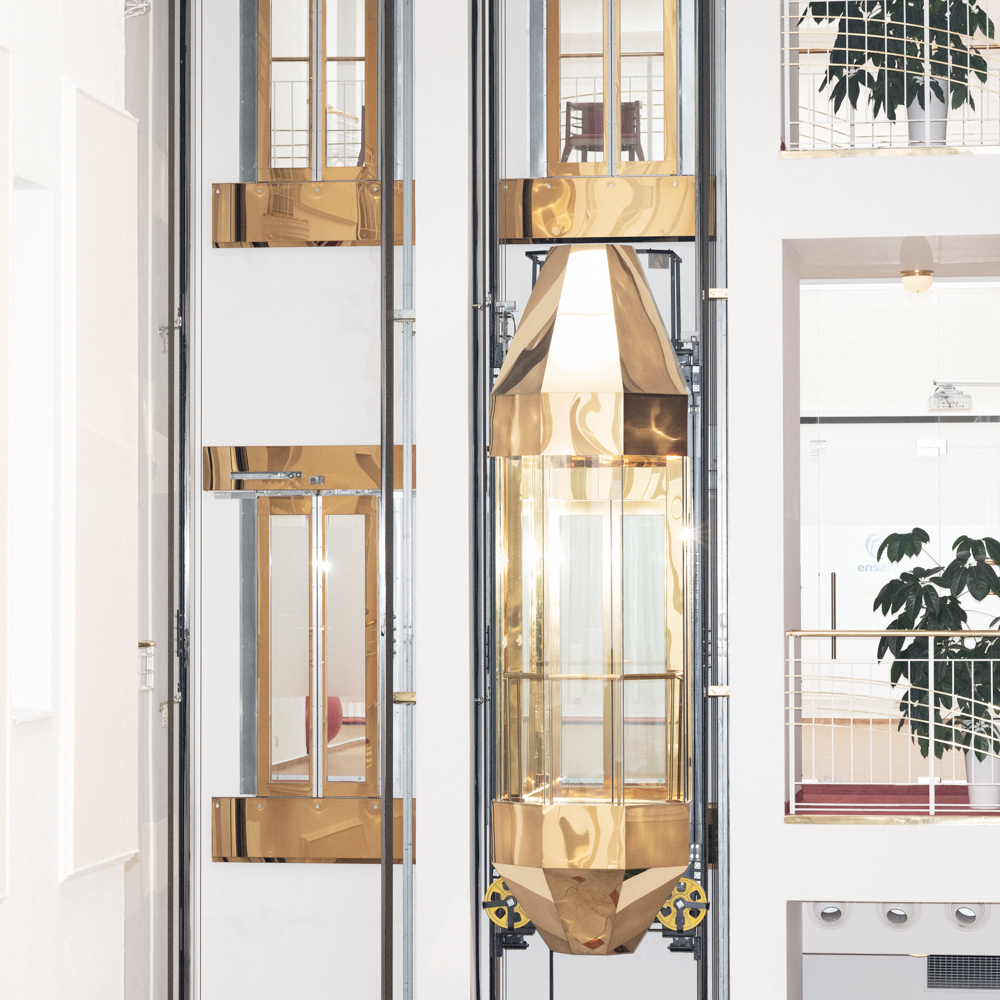Germany Week: NINA RÖDER
This week Lenscratch will turn its sights upon the artistic output of German photographers who present a broad array of the personal, social, historical, and political influences of life in contemporary Germany. Germany’s contributions to the photographic realm are extensive from the earliest days of the genre. From August Sander’s People of the 20th Century, a portrait study of all strata of German society, to the Düsseldorf School under the influence of Bernd and Hilla Becher in the 1970’s with its disciples Andreas Gursky, Candida Höfer, Thomas Ruff and Thomas Struth as well as the peripatetic Barbara Klemm, self-taught Michael Schmidt and the creative visionary, Wolfgang Tillmans , German photography sets definitive standards. A nod should also be made to the less well-known photographers of the former East Germany including but not limited to Arno Fischer, Sibylle Bergemann, and John Heartfield who carved a creative path in the face of significant obstacles.
Nina Röder and her new work, Marienbad by the Sea (Marienbad am Meer) is a perfect example of the evolution of German photography with her themes of family history and historical irony laced with humor that defy the German documentary tradition. Her work often features family members posing in absurd positions, costumes or venues that tell a personal story reflecting the intersection of her family saga with the fates of history. The 18th & 19th century opulence of the once fashionable spa of Marienbad in the Czech Republic is reduced to its present-day gaudy and tacky makeover as observed through Röder’s camera. Meanwhile, her model/mother cavorts through the tattered and often sterile décor in tired fox and other furs while assuming clownish poses throughout. If you sometimes feel you are watching the movie stills on steroids from the film, Last Year at Marienbad, you would not be far off the mark for it does appear that Marienbad has seen better days.
To make things even more interesting, Röder’s ancestors were “Sudeten Germans” who were expelled from the Czech city of Marienbad after the Second World War. Until that time, her great-grandfather worked as a concierge at the Hotel Bayrischer Hof. Since 2018, Röder has been travelling to this spa town with her family and spending time in that very hotel. The series directly correlates with her work on family narratives and traces questions of origin and the construction of fictional identity. The project title is an allusion to the poem by Ingeborg Bachmann “Bohemia by the Sea.” As in Shakespeare, it describes a fictional place that reflects a utopian ideal state.
Meanwhile, the spa town of Mariánské Lázne (a.k.a. Marienbad) has been designated a UNESCO World Heritage Site since 2021 because of its mineral springs. The architecture of the turn of the century and the interiors of the spa hotels have been historically renovated since the 1990s and given a neo-kitsch aesthetic. Attempts are being made to revive and maintain the former splendor and golden era of the city.
Nina Röder is a graduate of Bauhaus University in Weimar where she studied Media Art and Design with a focus on photography. She was appointed Professor of Photography at University of Europe for Applied Sciences in Hamburg in 2017. In addition to her artistic activities, she holds a Ph.D. in the field of artistic research with a focus upon performative strategies in contemporary photography in the context of contingency. Her photographs have been shown in international festivals and museums, including the Goa Photo Festival in India, the European Month of Photography in Berlin and the Format Festival in Derby. Her artistic focus addresses exposing hidden and unconscious structures or mechanisms of biographical narratives. Her work combines aspects of the theatre, stage, and performance with the time-based image space of photography. Nina lives and works in Hamburg and Berlin, Germany.
Follow Nina Röder on Instagram: @ninaroeder
Michael Honegger: Marienbad by the Sea is an exploration of family history that correlates to a certain extent with the regional history of Central Europe and the various historical influences of Germany, Czechoslovakia, and the USSR. In what ways do your images evoke elements of each of these influences?
Nina Röder: First, it is a family history that may have happened in various times and through various means. Sudeten Germans had to flee and build a new life – we descendants are interested in learning about the family’s origins. This is a story that has a high potential for identification in Germany as it relates to many people. Then there is this city, Marienbad, which regained its attractiveness after the collapse of the USSR and is considered a respected spa and UNESCO World Heritage Site. One notices the old splendor and wealth of the visitors to the city. The architecture, which was not destroyed during the Second World War, is beautiful and kitschy at the same time. It is the perfect photographic backdrop to tell fictional absurd stories.
MH: Family is a critical element in most of your photographic explorations and particularly in your most recent work. While the emphasis on family is not unusual in the history of photography, what makes your depiction of family unique?
NR: My approach to family narratives tries to do without too much pathos. Rather, my works are also about an absurd, whimsical, or humorous approach. In this way, I try to create an approach to loss or grief that frees itself from kitschy emotional clichés. Light plays a major role in this. In the last series, for example, I don’t work with natural light to avoid an overly emotional mood. I prefer to flash hard on the subjects to create an almost trashy aesthetic.
MH: Certain themes or leitmotifs appear consistently in your work. Head coverings of myriad varieties, animal furs, and peculiar disguises are a few that leap out of your images. What is your underlying intention with these themes?
NR: The leitmotifs consist of the following components: All the clothes my mother wears – including the furs – are inherited pieces from my deceased grandmother. They have become an integral part of my work and characterize the visual language in my work. My grandmother has kept clothes since the 1960s – so I can draw from a large trove. The obscuring of faces is due to the influence of surrealist artists on my work, who often replaced heads with objects or animals.
MH: I would be remiss if I did not highlight the humor that abounds in your work. A few of your images made me laugh out loud at the absurdity and whimsey they provoke. How do come up with some of these delightful situations and how did you get your mother to participate so actively?
NR: The humor in my work often comes intuitively during the process. Whenever I think: you can’t do that. Then it’s just fine. My mother also offers poses in this process. It’s not that I tell her what to do. Sometimes she doesn’t want to accept my ideas either. But her ideas are often weirder than mine.
MH: What are the influences, if any, that you identify in your work that may define you in the context of German photographic tradition?
NR: I am more inspired by an exciting mix of contemporary Finnish or Polish photography or performance art of the 1960s and 70s. I am less influenced by traditional German photography, which is since my works clearly stand out from the documentary objective tradition. Since my works tend to be staged performative photography, which sometimes has a high fictional character, there is hardly any overlap with it.
MH: What are your plans for rolling out your new project, Marienbad by the Sea? Are you contemplating a new book of your work?
NR: A book would be great, but for now I’m happy that the series will be shown for the first time in March,2023 at Galerie Burster in Berlin on the occasion of the European Month of Photography Berlin.
MH: As a professor of photography at a prominent German university, what insights do you have regarding the work of the next generation of German photographers?
NR: On the one hand, I am confronted with the so-called analogue turn. This means that students work with analogue or historical processes. This is a phenomenon that can be found throughout the German university landscape. In the last few days, I’ve been asking myself how naturally projects created with artificial intelligence will become even more prevalent, or whether it will just be a passing phenomenon. All in all, my students’ work is about reacting to current political situations. This happens in different ways: some withdraw and reflect on their own situation; some go out in search of effects.
Posts on Lenscratch may not be reproduced without the permission of the Lenscratch staff and the photographer.
Recommended
-
Martin Stranka: All My StrangersDecember 14th, 2025
-
Interview with Maja Daniels: Gertrud, Natural Phenomena, and Alternative TimelinesNovember 16th, 2025
-
MG Vander Elst: SilencesOctober 21st, 2025
-
Photography Educator: Josh BirnbaumOctober 10th, 2025
-
Aiko Wakao Austin: What we inheritOctober 9th, 2025


